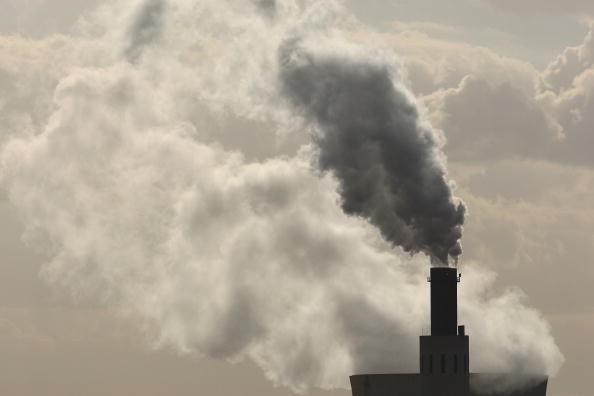According to experts, the production of mechanical trees might be a viable method of collecting harmful atmospheric carbon dioxide and providing a solution to climate change.

Efforts to Capture Atmospheric Carbon dioxide
In a recent interview published in Inverse, professor Klaus Lackner from Arizona State University who is a pioneer in direct air capture and carbon storage, described his mechanical trees and the future of gathering CO2 straight from the air to prevent climate change.
The mechanical tree is a towering vertical column of discs coated with a chemical resin, about five feet in diameter, with the discs about two inches between, like a stack of records, Lackner told Inverse.
Carbon dioxide (CO2) is absorbed by the discs' surfaces when the air passes over them. The discs fill up after about 20 minutes and begin to sink into a barrel below. CO2 is released into a sealed environment by using water and steam, according to Futurism.
Earlier this year, Lackner was awarded $2.5 million by the Department of Energy to continue working on his CO2 capture technologies.
Lackner was developing three farms capable of absorbing 1,000 tons of CO2 per day at the time of this writing. According to Inverse, the first of these farms will open for business in April this year.
Benefit of Mechanical Trees
One thing that strikes out in Lackner's Inverse interview is how imperfect absolutely every global warming mitigation approach seem.
When asked why better carbon storage is so important, he emphasized that if the world doesn't do something, human grandkids would have to deal with the carbon the world trapped when it escapes. Also, Lackner is concerned about the DOE's strategy.
"DOE is scaring me because they make it sound like the technology is already ready. After neglecting the technology for 30 years, we can't just say there are companies who know how to do it and all we have to do is push it along.
Climeworks is the largest company doing direct capture commercially, and it sells CO2 at around $500 to $1,000 per ton. That's too expensive," Lacker explained to the site

Hope to Save Earth
Basically, nothing is ideal. However, the world must take action. Most eco-friendly initiatives appear to have advantages and disadvantages, and for the time being, focusing on progress rather than perfection allows the world to make headway toward saving the planet while simultaneously developing even better technology.
Despite the benefits of utilizing Carbon Capture and Storage (CCS) to help reduce CO2 emissions, significant practical challenges remain.
No country has adequate CO2 storage capacity to properly adopt CCS, the EPA predicts. Calculating the exact capabilities of various storage locations is tricky, as per Khalifa University researchers.
So the global CO2 storage capacity is unknown. MIT scientists predict that the United States' CO2 storage capacity is adequate for the next 100 years, but anything beyond that is unknown.
For more news, updates about carbon dioxide and similar topics don't forget to follow Nature World News!
© 2025 NatureWorldNews.com All rights reserved. Do not reproduce without permission.





